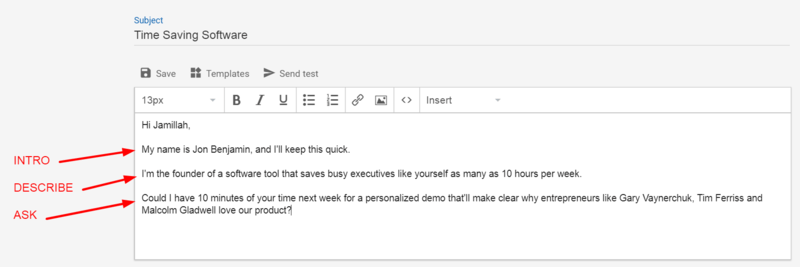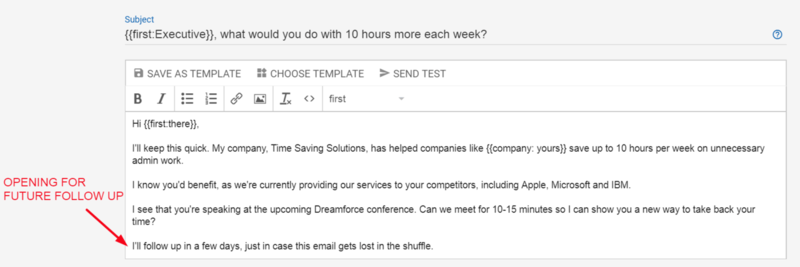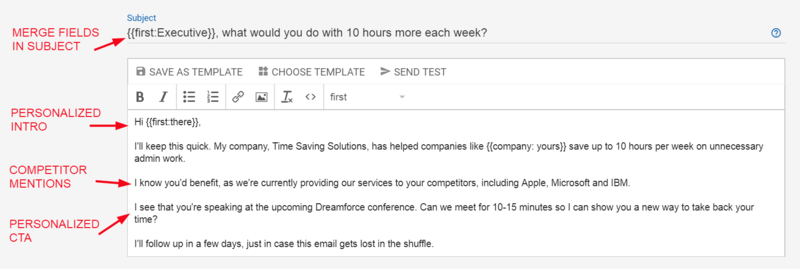Are you new to SaaS (Software as a Service) sales or need a refresher? Understanding the SaaS sales funnel is essential for businesses looking to convert prospects into loyal customers.
In this comprehensive guide, we’ll explore the unique characteristics of the SaaS sales funnel, how it differs from other sales funnels, key metrics to track, and best practices for implementation. By the end, you’ll have a solid foundation for building a high-performing SaaS sales funnel that drives growth and revenue.
What is a SaaS Sales Funnel?
A SaaS sales funnel is a strategic framework that guides potential customers through the buying journey from initial awareness to becoming loyal, paying customers.
Unlike traditional sales funnels, which often focus on one-time purchases, a SaaS sales funnel aims to convert leads into long-term subscribers. It encompasses various stages that help nurture prospects, address their needs, and ultimately drive conversions.
The Importance of a SaaS Sales Funnel
A well-defined SaaS sales funnel is crucial for several reasons:
- Improved Lead Management: It helps organize and manage leads more effectively, ensuring no potential customer is lost. Efficient lead management enables B2B SaaS companies to prioritize sales efforts and improve response times.
- Higher Conversion Rates: Addressing prospects’ specific needs and pain points at each stage significantly increases the chances of converting them into paying customers. Understanding the buyer journey and creating targeted content can effectively move prospects through the funnel.
- Better Customer Retention: A structured funnel attracts new customers and focuses on retaining them through continuous engagement and support. This ongoing relationship is crucial for reducing churn rates and increasing customer lifetime value (CLTV).
- Revenue Growth: Optimizing each stage of the funnel can drive consistent revenue growth and build a scalable business model. Businesses can maximize their monthly recurring revenue (MRR) by focusing on customer success and upselling.
The Difference Between SaaS Sales Funnel and SaaS Marketing Funnel
While the SaaS sales funnel focuses on converting leads into paying customers, the SaaS marketing funnel is concerned with generating and nurturing those leads. The marketing funnel typically includes stages like awareness, interest, and consideration, using content and campaigns to attract and engage prospects. Marketing efforts are critical in this phase, as they create the foundation for the sales funnel to take over.
On the other hand, the sales funnel takes over from the consideration stage, guiding prospects through evaluation, decision, and purchase, ensuring they receive the correct information and support to make a buying decision. This transition from marketing to sales is where marketing and sales teams must collaborate closely to ensure a seamless buyer journey.
The Difference Between SaaS Sales Funnel and Traditional Sales Funnel
Traditional sales funnels often deal with one-time transactions and shorter sales cycles. They focus on pushing a prospect through a linear path to a single purchase decision. In contrast, the SaaS sales funnel is designed for recurring revenue models, emphasizing customer education, long-term relationship building, and ongoing support to ensure subscription renewals and upsells.
8 Stages of a SaaS Sales Funnel
- Awareness: Attract potential customers through content marketing, social media, SEO, and paid advertising. The goal is to inform prospects of your SaaS product and its benefits. Driving targeted traffic to your website through relevant ads and organic search is crucial at this entry point.
- Interest: Engage prospects by providing valuable resources like blogs, eBooks, webinars, and case studies. Highlight how your solution can solve their pain points. Building trust with your audience through targeted content is essential here.
- Consideration: Offer free trials, demos, and personalized consultations. Address specific concerns and showcase your product’s features and advantages. A lead capture form can help collect data from interested prospects.
- Evaluation: Assist prospects in assessing your product’s fit for their needs through detailed product tours, customer testimonials, and competitive comparisons. Your CRM tool can help manage this collected data effectively.
- Decision: Facilitate the purchasing process by offering clear pricing plans, limited-time offers, and easy sign-up procedures. Ensuring a smooth checkout process is vital to converting prospects into paying customers.
- Onboarding: Ensure a smooth transition for new customers with comprehensive onboarding processes, including tutorials, guides, and customer support. Reducing the learning curve during this Activation stage can enhance user engagement.
- Retention: Maintain customer satisfaction through regular updates, customer success initiatives, and proactive support. Happy customers are more likely to renew their subscriptions and become brand advocates.
- Expansion: Identify opportunities for upselling and cross-selling to existing customers, leveraging customer feedback and usage data. This stage is pivotal for driving additional revenue from your existing customer base.
The Importance of Aligning Marketing and Sales Efforts
To achieve success with your SaaS sales funnel, B2B SaaS companies must align their marketing and sales efforts to create a seamless experience for prospects. From setting goals to capturing leads through targeted content and nurturing them through personalized communications, each step in the multi-staged selling process plays a pivotal role. Understanding critical business metrics such as CAC, CLTV, and churn rate can help measure success and identify areas for improvement.
Moreover, leveraging email marketing, building trust through web development, and using a CRM tool to manage leads are all essential components of an optimized SaaS sales funnel. As market conditions and consumer needs evolve, continuously adapting your strategies will help you stay ahead and drive sustainable growth.
SaaS Sales: 9 Metrics to Track
- Conversion Rate: Measure the percentage of leads that move from one stage to the next.
- Customer Acquisition Cost (CAC): Calculate the total cost of acquiring a new customer.
- Customer Lifetime Value (CLTV): Estimate a customer’s total revenue over their entire relationship with your company.
- Churn Rate: Monitor the percentage of customers who cancel their subscriptions.
- Monthly Recurring Revenue (MRR): Track the monthly predictable revenue generated from subscriptions.
- Trial-to-Paid Conversion Rate: Measure the percentage of trial users who convert to paying customers.
- Customer Satisfaction (CSAT) and Net Promoter Score (NPS): Gauge customer satisfaction and loyalty.
- Website Traffic: Analyze the number of visitors to your site, which indicates the effectiveness of your awareness stage.
- Lead Scoring: Prioritize leads based on their engagement and likelihood to convert.
Want to learn more about key metrics to track for SaaS companies? Read our article “ARR vs. ACV: Understanding Key Metrics for SaaS Businesses.”
5 Best Practices for Building a SaaS Sales Funnel
- Understand Your Buyer Personas: Develop detailed profiles of your ideal customers to tailor your funnel stages to their needs and behaviors.
- Create Valuable Content: Provide high-quality, relevant content that addresses your prospects’ pain points and interests at each stage. Establishing yourself as a credible resource enhances your brand story.
- Offer Free Trials: Allow potential customers to experience your product firsthand, increasing the likelihood of conversion.
- Leverage Automation: Use marketing automation tools to streamline lead nurturing, follow-ups, and personalized communications.
- Optimize Your Onboarding Process: Ensure new customers have a seamless onboarding experience to reduce churn and increase satisfaction.
- Focus on Customer Success: Invest in customer success teams to proactively address customer needs, helping to retain and upsell existing customers.
- Continuously Analyze and Improve: Review funnel metrics and customer feedback regularly to identify areas for improvement and optimize your strategies.
The Bottom Line
Building an effective SaaS sales funnel is essential for driving growth and ensuring the long-term success of your business.
By understanding the unique aspects of the SaaS sales process, tracking the right metrics, and implementing best practices, you can create a funnel that attracts and converts leads while also retaining and expanding your customer base.
Looking for more sales content? Discover valuable sales insights, tips, and strategies on our blog.
















